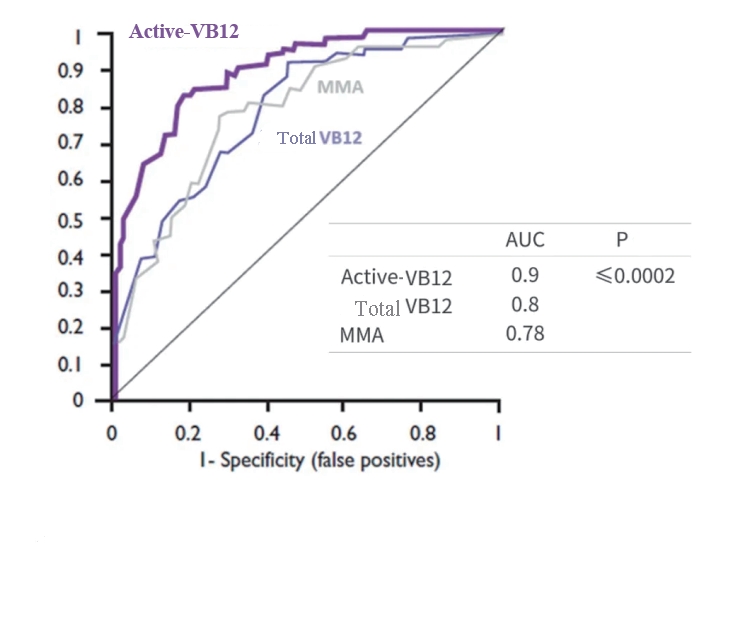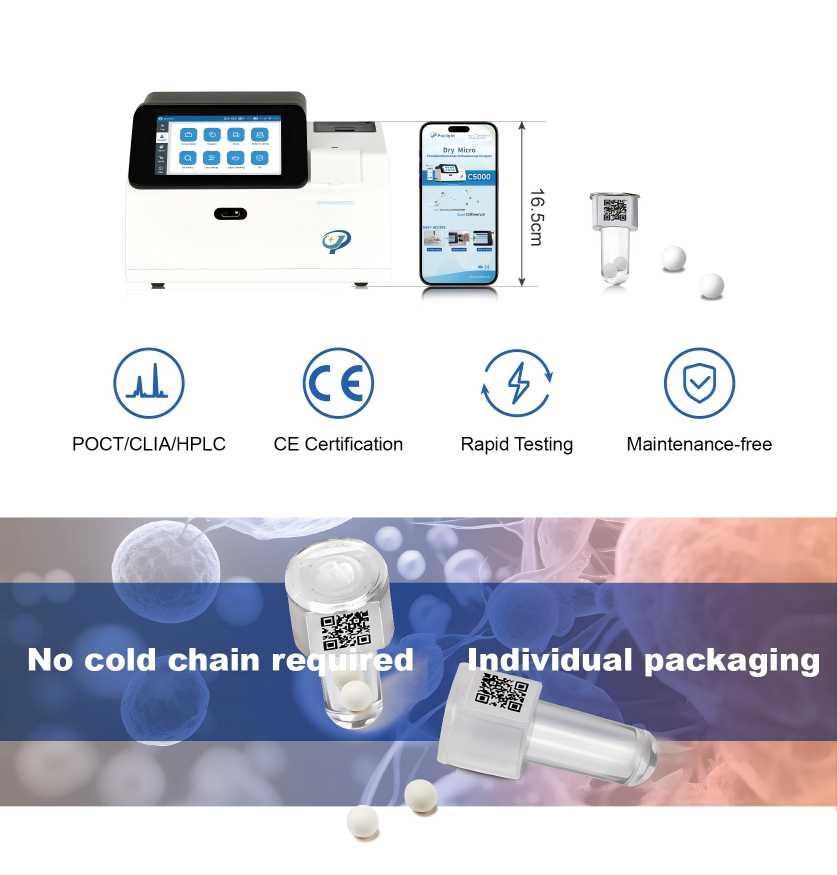Active B12 (Holo-TC) Testing Solutions for Clinical Laboratories and POCT
1. Function of Active B12
Active B12, or holo-transcobalamin (holoTC), is the only biologically active form of vitamin B12 that can be absorbed by cells. It plays a direct role in cellular metabolism, particularly in maintaining nervous system function and red blood cell production. Compared to total B12 testing, Active B12 provides a more accurate snapshot of current physiological status and serves as a sensitive early marker of vitamin B12 deficiency.
2. Testing Methods
Common methods for Active B12 assay testing include:
- ELISA / EIA (Enzyme Immunoassay) – e.g., Axis-Shield’s Active-B12 assay, which captures holoTC with specific antibodies and quantifies it using colorimetric detection (with chemiluminescent variants also available).
- CLIA (Chemiluminescence Immunoassay) –e.g., Poclight’s POCT CLIA system C5000 offers high throughput and rapid turnaround on automated analyzers, making it well-suited for clinical laboratories and POCT settings .
3. Clinical Applications
Active B12 testing(HoloTC) for diagnosing vitamin B12 deficiency enables earlier detection of B12 deficiency than total B12 measurement, helping prevent related complications such as anemia, neurological disorders, cognitive decline, and adverse pregnancy outcomes. Studies have demonstrated higher sensitivity and specificity for holoTC, especially in patients with normal renal function.

4. Market Size and Pricing
Market size – The global Active B12 testing market was valued at approximately USD 216.7 million in 2023 and is projected to reach around USD 2.05 billion by 2033, with a CAGR of about 6.1% .
Pricing reference – In the UK, total B12 tests cost around £10–15 per test in NHS laboratories. Active B12 assays (e.g., ARCHITECT Active-B12) are priced higher due to their enhanced accuracy and specialized reagents. The Poclight C5000 provides equally fast and accurate Active B12 results at a much lower cost, making it a smart choice for laboratories.
5. Regional Demand Distribution
North America – Holds the largest share at approximately 41.7%, driven by rising awareness of micronutrient diagnostics, precision medicine adoption, and modernized lab infrastructure.
Other high-growth regions – Asia-Pacific and Europe are experiencing rapid uptake, supported by increasing demand for early disease screening and improved access to diagnostic technology.
6. Poclight C5000 – Active B12 Testing Made Simple and Accessible
With no cold chain required, Poclight’s Active B12 reagents make testing easy, portable, and cost-efficient. The CLIA POCT C5000 system supports both serum and plasma samples, delivering accurate results in just 15 minutes. Operation is straightforward—only four steps to completion—allowing even small or remote clinics and laboratories to perform high-quality testing. Its compact design ensures it fits seamlessly into limited spaces, bringing reliable Active B12 diagnostics within reach, anywhere.

